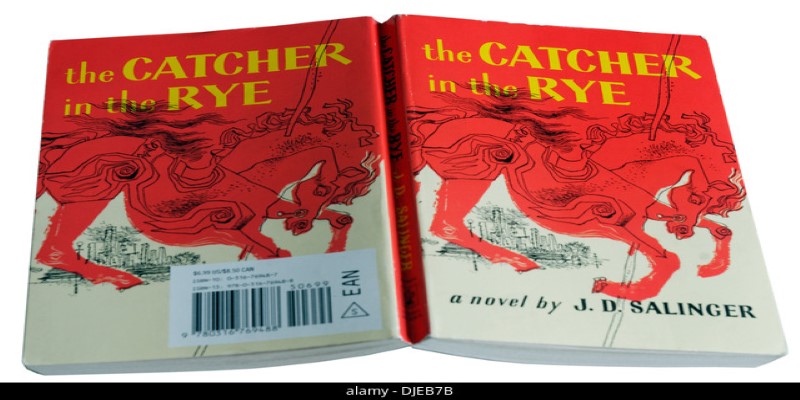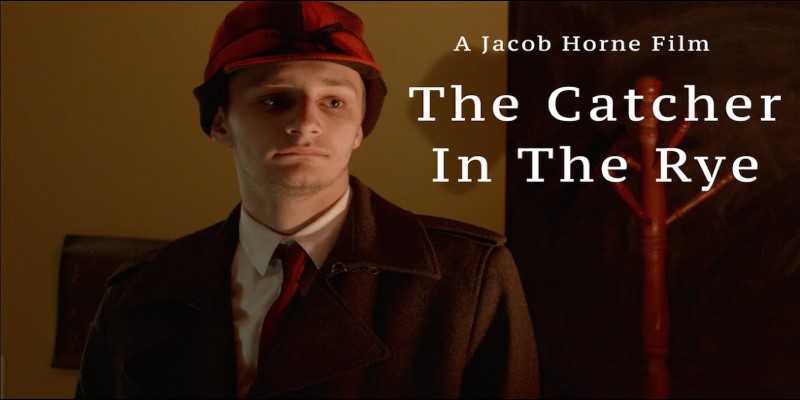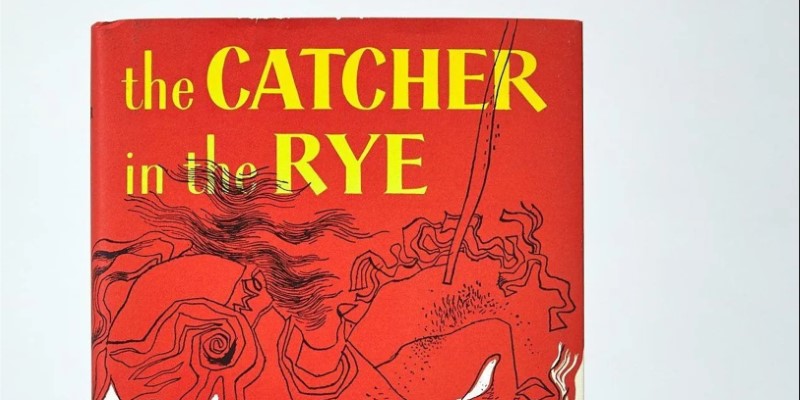"The Catcher in the Rye" is a classic novel by J.D. Salinger that has left an indelible mark on literature since its publication. Let's delve into its intriguing publication history, unravel the gripping plot, explore varied interpretations, and examine the violent reactions and enduring legacy it has generated over the years.
"The Catcher in the Rye" hit the shelves in 1951, courtesy of J.D. Salinger. This debut sparked quite a buzz – both for the love it received and the raised eyebrows it caused. Published in the post-World War II period, the book swiftly became a big deal in American literature circles.
What got people hooked was its vivid depiction of teenage struggles and defiance. It wasn't just another book; it found its spot as a defining piece of post-war literature, capturing readers' attention nationwide. The novel's exploration of teenage angst and rebellion struck a chord with many, making it a noteworthy addition to the American literary scene.
The writing style of the novel is equally distinctive. Crafted with a conversational and relatable tone, Salinger employs first-person narration through the voice of Holden Caulfield. This choice immerses readers directly into Holden's thoughts and emotions, creating an intimate connection with the protagonist. Using a nonlinear narrative structure adds depth to the storytelling, allowing Holden to weave through his memories and experiences.
Holden Caulfield, a troubled sixteen-year-old, takes center stage as the narrator of "The Catcher in the Rye." Expelled from multiple prestigious boarding schools, Holden spills his tale over a few days in December, set against the backdrop of New York City. As he recounts his experiences post-expulsion, the novel plunges into the depths of his thoughts, emotions, and encounters, offering an unfiltered look into the tumultuous world of adolescence.
The main characters in this narrative are a diverse bunch. Holden, of course, is the focal point — a rebellious and disenchanted teenager navigating the complexities of life. His journey brings him face to face with various characters, each leaving their mark on his odyssey. Each encounter adds layers to Holden's experiences, from nuns to cab drivers.
Holden's relationships, particularly with his little sister Phoebe, play a significant role. Phoebe becomes a symbol of innocence and purity in Holden's eyes. The novel weaves a tale of alienation and loss as Holden grapples with the challenges of authenticity in a world he perceives as insincere.
Central to the plot is Holden's poignant desire to be the "catcher in the rye." This symbolic role signifies his obsession with safeguarding the innocence of children, preventing them from plunging into the complexities of adulthood. The novel revolves around this theme, exploring Holden's internal struggles and external encounters through the lens of this profound aspiration.
In essence, "The Catcher in the Rye" is not just a story; it's a journey through the mind of a young man on the brink of adulthood. The characters he meets, his emotions, and his relentless pursuit of authenticity make for a narrative that resonates with readers, offering a timeless exploration of the challenges inherent in growing up.

"The Catcher in the Rye" has become a canvas for varied interpretations. For some, it's a deep dive into the challenges of adolescence, offering a poignant exploration of the struggles young people face while finding their way in the world.
Others highlight its sharp critique of societal expectations and what Holden Caulfield, the protagonist, sees as the phoniness of the adult world. His distinctive voice, laced with sarcasm and rebellion, strikes a chord with readers who identify with the turbulent journey of growing up.
However, only some have applauded the novel's presence on bookshelves. The explicit language and discussions of sensitive topics within its pages have stirred controversy. This has led to bans in some educational institutions despite the book being a standard fixture in many high school curricula.
Critics argue that the perceived explicit content and the rebellious nature of Holden Caulfield might not be suitable for all audiences, sparking debates about what should or shouldn't be included in school reading lists. So, while some readers find solace in the relatable struggles depicted, others raise concerns about the book's appropriateness for certain audiences, creating a literary divide that has persisted over time.
Over the years, "The Catcher in the Rye" has impacted literature and popular culture. Its influence can be seen in various works that explore the complexities of adolescence and the search for identity. The novel's themes and characters have become archetypes, influencing writers and filmmakers alike.
Numerous attempts have been made to adapt the novel into other forms of media, including film and stage productions. However, Salinger was notoriously protective of his work, and despite interest from filmmakers, he resisted allowing a film adaptation. This reluctance has added to the novel's mystique, making it a coveted but elusive project for filmmakers.
While there hasn't been a direct film adaptation, the themes and essence of "The Catcher in the Rye" continue to inspire various artistic endeavors. Its enduring legacy lies in its ability to capture the essence of teenage rebellion and the universal struggle to find one's place in the world.

In conclusion, "The Catcher in the Rye" is a cornerstone in American literature, leaving an indelible mark. Its impactful publication history, compelling plot, and various interpretations solidify its enduring relevance. The novel's legacy persists, offering a timeless touchstone for readers grappling with the intricacies of adolescence and the quest for self-discovery.
Despite its controversial aspects, the book remains a powerful and influential exploration of the universal challenges of growing up, making it a resonant and essential piece in the literary landscape.

By Mark Allen/Mar 06, 2024

By Susan Kelly/Mar 09, 2024

By Frederica/Mar 18, 2025

By Darnell Malan/Oct 13, 2024

By Susan Kelly/Feb 25, 2024

By Gabrielle Bennett /May 27, 2025
By Eleanor/Nov 09, 2024

By Vicky Louisa/May 22, 2025

By Eleanor/May 12, 2024

By Vicky Louisa/Nov 21, 2024

By Pamela Andrew/Apr 02, 2025

By Eleanor/Feb 02, 2024